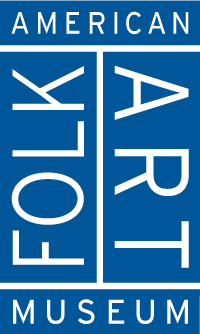
The first sculptures that William Edmondson made were tombstones for his family, friends, and neighbors. He used cast-off limestone from demolition sites in Nashville, Tennessee, to carve doves, lambs, angels, and portraits for memorials; he thus filled a need in the segregated South, where access to materials for monuments in African American cemeteries was often limited compared to the lavish marble and granite available for white cemeteries. He soon expanded into sculpture and ornamental garden objects, such as birdbaths, that he sold from his front yard, with a sign reading “Tomb-Stones. For Sale. Garden. Ornaments. Stone Work W M Edmondson.”
Edmondson was born in 1874 in Davidson County, Tennessee, to parents who were formerly enslaved and working as sharecroppers. It wasn’t until the early 1930s, after he lost a hospital janitorial job, that he felt divinely called to create sculptures: “I looked up in the sky, and right there in the noon daylight, He hung a tombstone out for me to make.” He had some experience as a stonemason’s assistant but largely taught himself, first with chisels made from railroad spikes, thus establishing a new livelihood in the midst of the Great Depression. He depicted people in his community, from teachers to preachers; Black celebrities such as boxer Jack Johnson; biblical figures such as the sisters Martha and Mary; seated nudes; and animals such as turtles, rams, and lions. His style was defined by the elegant simplicity of geometric forms, curved surfaces, and purposeful details.
Within years of when Edmondson started making art, the network of collectors he fostered led to international acclaim for what he called “sermons in stone.” In 1937, he became the first Black artist to have a solo show at the Museum of Modern Art in New York, and in 1938 he was included in a group show at the Jeu de Paume in Paris. The American Folk Art Museum’s first monographic exhibition in 1965 was on Edmondson. Following his death in 1951, however, his local legacy in Nashville was obscured over the years, and it was only in 2020 that a historical marker went up at the site of his studio and home in his Edgehill neighborhood. Major exhibitions on his work opened in 2021 at the Cheekwood Estate & Gardens in Nashville and in 2023 at the Barnes Foundation in Philadelphia. A number of his tombstones are also still extant in Tennessee cemeteries, reminders of how his art began as a transformation of discarded material into markers to honor his community’s dead.
Allison C. Meier, 2025
Text written as part of “Rethinking Biography,” an initiative supported by the Institute of Museum and Library Services (IMLS).

